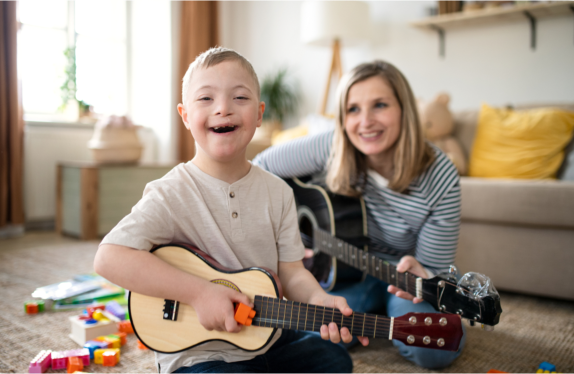
Individuals with Autism Spectrum Disorders (ASD) often experience unique learning needs, and the incorporation of performing arts can be a transformative approach to education.
Through performing arts education in Florida, we offer a dynamic platform for individuals with ASD to engage in creative expression. The diverse world of performance art types, including music, dance, and theater, provides avenues for non-verbal communication and emotional expression, fostering a sense of accomplishment and self-esteem.
The performing arts serve as a conduit for innovative learning experiences. These mediums are integrated into our programs to teach children about the world around them. Through these activities, students gain knowledge and develop essential life skills, fostering a well-rounded educational experience.
ABA services in Orlando, Florida, are also integrated seamlessly into our curriculum, providing personalized behavior strategies that assist students in reaching both educational and life goals. This evidence-based approach ensures that each child receives the support necessary to thrive in an academic environment.
Ensuring accessible education in Orlando, Florida, is a crucial priority for fostering an inclusive learning environment. Through our commitment to extending beyond traditional methods by incorporating innovative approaches that leverage the therapeutic impact of performing arts, we make education accessible to all, empowering students with ASD to engage with the curriculum in ways that resonate with their strengths and preferences.
CAMEN Academy For The Performing Arts is dedicated to providing unparalleled education for students with unique and neurodiverse backgrounds. By leveraging the therapeutic impact of performing arts, we create a supportive environment where each child can thrive academically, socially, and emotionally. Connect with us today to learn more.





Leave a Reply